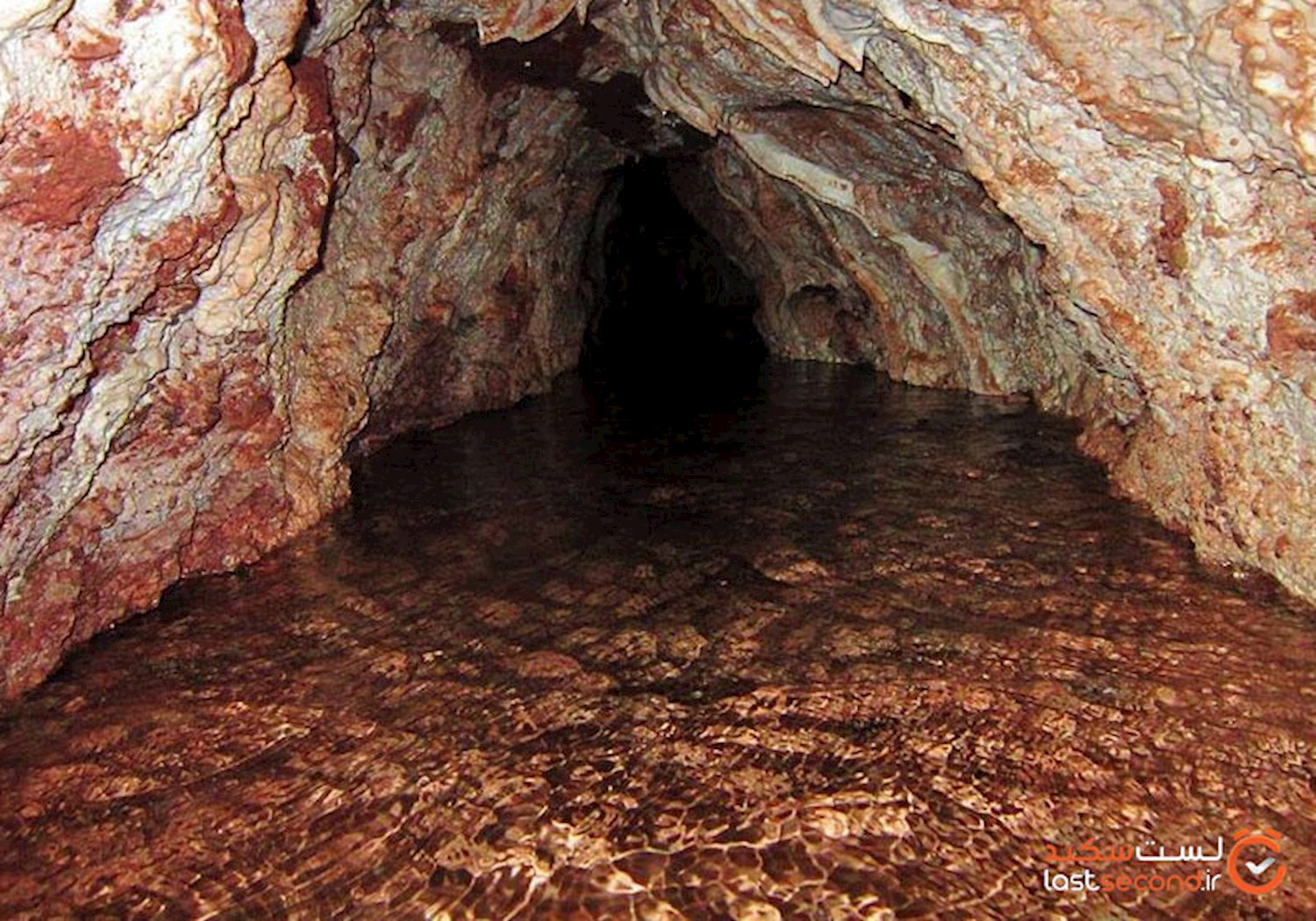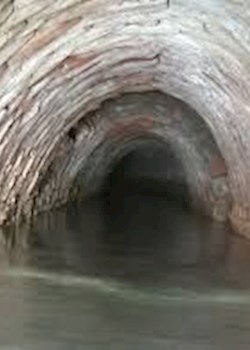Attractions
Iranian aqueduct
Iranian aqueduct
In the past, it took a lot of work to create a water supply system. In the green areas of the country, cities and villages were built near rivers to use their water easily; But what should they do in desert areas for water supply? Qanat was the initiative of Iranians to solve this problem.
In desert areas, Iranians used to create underground channels to guide water. With the help of Iranian aqueducts, heating and evaporation of water were prevented. Fortunately, many aqueducts are still intact. Stay with us to get to know these mysterious and strange aqueducts better.
Top Iranian aqueducts
Iranian aqueducts are mainly located in central and desert areas. With the help of the aqueduct, water was transported directly from the spring to different urban areas. Some of these aqueducts collapsed for various reasons, But fortunately, many are standing.Building an aqueduct underground without modern equipment was a very difficult task. Some of these aqueducts have a very strange and complicated appearance. Scary stories are also told about some aqueducts. Stay with us to get to know these aqueducts better.
Ardakan aqueduct | Watching the city of Iranian aqueducts
Ardakan is one of the cities of Yazd province. This city is located in the desert. In the past, water supply was a big challenge for the people of Ardakan. Therefore, under Ardakan, there is an underground city consisting of 250 aqueducts. Unfortunately, only eight aqueducts are alive and standing out of these. The rest of the aqueducts have dried up due to the reduction of underground resources.
Of course, for some time now, Ardakan municipality has been trying to revive this treasure to attract tourists. Even visiting dry aqueducts can be very attractive. By entering these aqueducts, a strange feeling will cover your entire being. Of course, choosing live and flowing aqueducts to visit is better. Sadr Abad, Aish Abad, Taghi Abad, Ali Abad, Qasim Abad, Zain Abad, and Qutbuddin aqueducts are still alive and flowing.
Jopar Goharriz aqueduct| The lifeblood of Jopar
Goharriz Iranian aqueduct is located in Jopar city of Kerman. This aqueduct with 129 wells brings water to Jopar with a flow rate of 60 liters per second. It is not bad to know that the Goharriz aqueduct is the cause of the development of 330 hectares of garden lands in Jopar.
This aqueduct dates back to the Safavid era. Still, the overall structure of the aqueduct remains intact without the slightest damage. In the vein of this old aqueduct, life still flows. With a length of 3,500 meters, this aqueduct is considered one of the longest in Kerman.
The water of this aqueduct is supplied from the fault. That's why it is clear blue. This issue is one of the important advantages of the Goharreez aqueduct compared to other Iranian aqueducts.
Gonabad town aqueduct| The aqueduct of the jinns
Gonabad town aqueduct is known by many as the best Iranian aqueduct in the world. This aqueduct is 33 kilometers long and consists of two main streams, Kasbah and Dolab.In this aqueduct, there are a total of 472 wells. You should know that 73 million cubic meters of soil is needed to dig this aqueduct at a depth of 300 meters and a length of 33 kilometers. Now imagine how this aqueduct was dug without defects during the Achaemenid era, with minimal engineering knowledge and tools.
Even the slope of the Gonabad aqueduct is so accurate that it does not interfere with water flow. In addition, you should know that mysterious and scary stories are also told about this aqueduct. Strange sounds have been heard many times in this aqueduct. That's why many consider it the place where demons live.
Zarach aqueduct| The longest aqueduct in the world
Zarch aqueduct is the longest in the world, with a length of 100 km. Imagine how long 100 km is! Now we must add that this aqueduct dates back to about 700 years ago. How did they create 100 km of the underground route at that time with minimal tools? Therefore, this aqueduct can be considered one of the wonders of Iranian architecture.
Zarach aqueduct has 3 branches named Shirin, Shur and Ibrahim. In these three branches, there are more than 1000 well rods, which is a record of its own kind. Unfortunately, the Shirin branch and Ibrahim Khovidaki have dried up. Water flows only in its salty branch, which is 72 km long.
The flow rate of this branch is about 60 liters per second. This shows the intensity of the water flow of the aqueduct in this branch. It is okay to know that more than 800 rural families use this aqueduct's water for agricultural purposes.
Qanat Hassan Abad Mehriz | The shallowest aqueduct in Yazd
Hassan Abad Mehriz Aqueduct is another Iranian aqueduct registered in the UNESCO World Heritage List. This aqueduct is about 700 years old. Mehriz aqueduct starts from Gharbalbeez mountains and continues to go to Dehno village, Hassan Abad, and Maryam Abad.
This Iranian aqueduct also passes through Mehriz and brings its blessings to the people of this city. Mehriz aqueduct is the shallowest canal among the aqueducts of Yazd province. Despite this, the Qanat of Hassan Abad has enough discharge, and its water is of very high quality. Along the route of this channel, there are no salt and chalk layers. That's why the water of this qanat is very clear.
Qanat Mazdabad Mime Ali Sadr Cave of Isfahan
Mazdabad Mimeh aqueduct, located in Mimeh city of Isfahan, is the second oldest aqueduct in Iran, with an age of more than 2 thousand years. This Iranian aqueduct is about 18 kilometers long and is dug 100 meters deep.You should know that along this aqueduct; you can see stalagmites and stalactites or strange lanterns similar to those seen in Ali Sadr Cave. For this reason, some experts also know this aqueduct named Ali Sadr Cave of Isfahan. This aqueduct is located near the mother well.Mazdabad Mime's aqueduct is full of water and has a lot of flow. It should be noted that the Mazdabad aqueduct is one of the few aqueducts in the world with underground dams. This aqueduct was included in the UNESCO World Heritage List in 2015.






